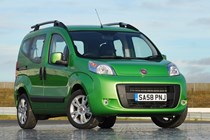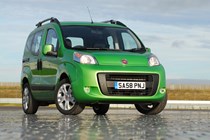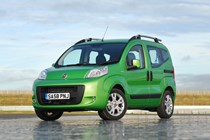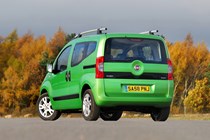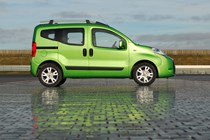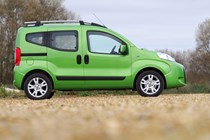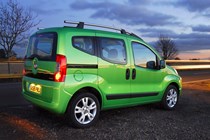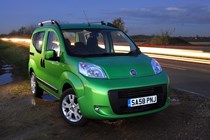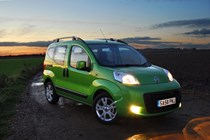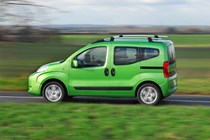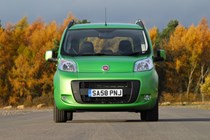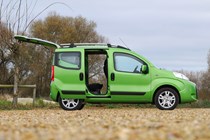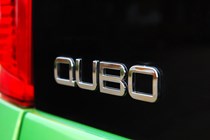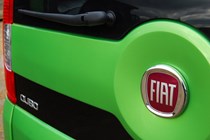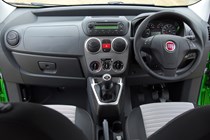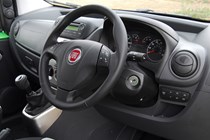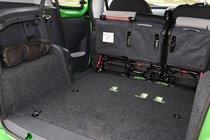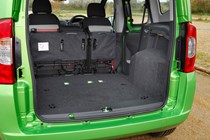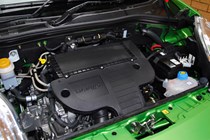
Fiat Qubo Estate engines, drive and performance
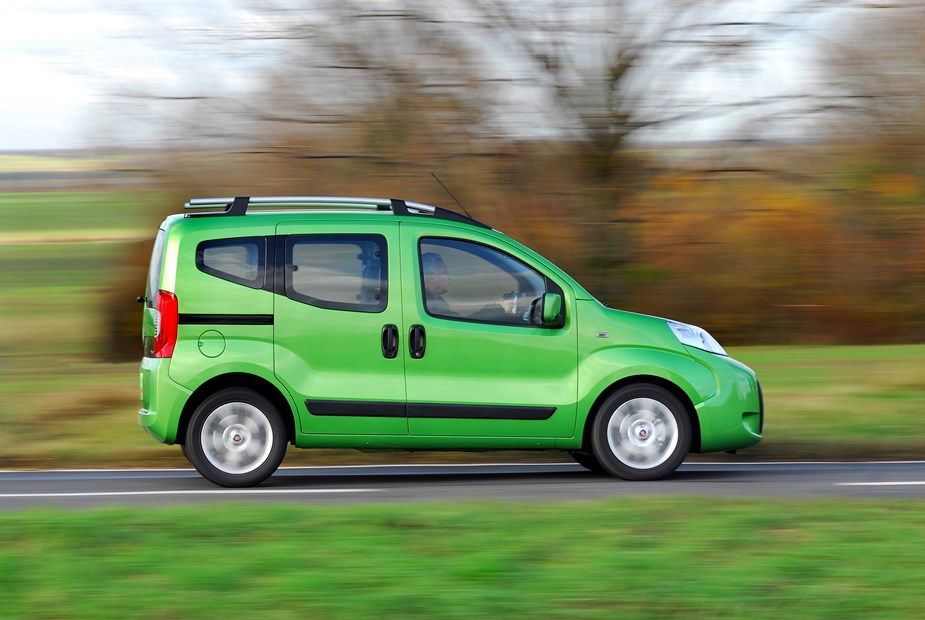
Although it costs significantly more to buy new, the 1.3-litre MultiJet diesel engine in the Qubo is the one to recommend. It’s no quicker than the 1.4-litre petrol version (and neither can really be called quick with 0-62mph times of more than 16 seconds), but the overall driving characteristics are better with stronger mid-range performance thanks to far more pulling power.
It’s also far more economical, averaging 63mpg compared to 40mpg in the petrol, while low emissions make it cheap to tax. The Trekking model is a more rugged version, but doesn’t have four-wheel drive. It’s available exclusively with the MultiJet diesel engine and performance remains unchanged with a 0-62mph time of 16.5 seconds while fuel economy is 64mpg.
The standard gearbox is a five-speed manual but the diesel is offered with an optional sequential automatic gearbox, called Dualogic, which performs in a similar way to an automatic. It isn’t as smooth as a conventional auto but has better fuel consumption.
The Qubo takes up no more space on the road than a typical small car, so despite being tall, it actually feels quite nimble. Turn into a sharp bend and the Qubo will lean a little but then remains composed through to the other side. It’s generally a comfortable car on the road, but with its narrow stance and short-ish wheelbase it does feel a little fidgety over poor surfaces.
The Trekking version looks more rugged with a metal lower bumper guard at the front and a higher ride height but it’s not actualy a four-wheel drive. Instead it uses a clever system called Traction+ which works by braking the wheel with the least grip and transferring more power to the other wheel. It’s useful for tackling slippery mud or snow.


